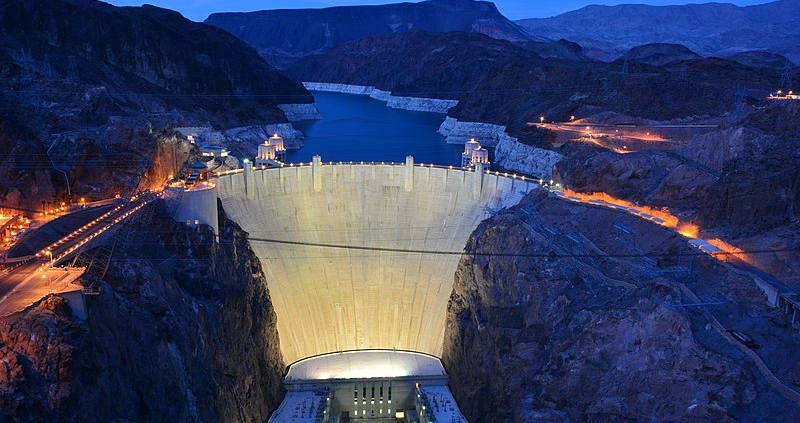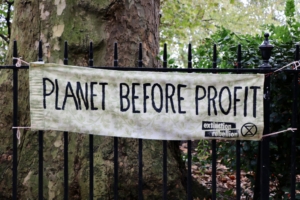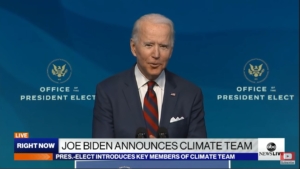Getting Things Built
Here’s What You Need To Know
The Inflation Reduction Act and the Infrastructure Investment and Jobs Act offer more opportunity to build new energy infrastructure than ever before, offering billions of dollars in new incentives for energy infrastructure developers investing in emerging and established energy technologies.
Yet today, in the country that built the Hoover Dam, the Transcontinental Railroad, and the New York City Subway in six years or less, it is harder than ever to build energy infrastructure – and certainly not in a reasonable timeframe given the federal and state permitting maze, and the sophisticated opposition facing projects today.
It is essential for firms overcome these hurdles to guarantee reliability, affordability, and the transition to a net zero carbon future. Last week we published Generating Opportunity – our proven playbook we’ve developed over years working with the energy industry. Here’s what you need to know to navigate these hurdles and get projects built.
Subscribe to Receive Insights
"*" indicates required fields
Navigating The Regulatory Maze
The Federal Regulatory Bureaucracy. In the years since the Hoover Dam’s completion, Congress has passed myriad environmental laws, and however well-intentioned those laws were, they laid the ground work for new permitting hurdles. For example, the 1948 Federal Water Pollution Control Act ultimately led to the Clean Water Act as we know it in 1972. NEPA, “the first major environmental law in the United States,” became law in 1970. The Clean Air Act, which initially became law in 1955, had major revisions in 1970, 1977, and 1990. As a result of these laws, and a variety of others, energy infrastructure developers must now navigate a federal regulatory maze featuring more than a dozen agencies, each with dozens of offices or bureaus within them. As a result, one in four Environmental Impact Statements required by NEPA can take more than 6 years – longer than it took to build the Transcontinental Railroad, New York City Subway, or Hoover Dam.
Laboratories Of Languishing Projects. Even if federal policymakers simplify federal permitting processes, an S&P analyst recently warned, “Developers will continue to face complex regulations that differ between regions, which can increase timelines and costs.” State regulators can cost developers millions of dollars with project delays. Even local issues, like control of “local airspace have also halted projects, such as the 500 MW Crescent Peak Renewables wind project in Nevada and the 300 MW Byers and Bluegrove wind project in Texas.” Indeed, just this month, Orsted was forced to sue a local approval board in New Jersey, “alleging the government is dragging its feet in issuing a road permit.”
Interconnection Woes. As we observed in a recent Trends in Energy note, a new report found “the total capacity of energy projects in U.S. interconnection queues grew 40% … in 2022,” and “The typical project completed in 2022 spent five years in queue for interconnection approval compared to … fewer than two years in 2008.” The interconnection queue is growing for a variety of reasons, including a lack of transmission infrastructure, and, at least according to some industry representatives, “woefully inadequate” planning from transmission authorities. Whatever the reasoning, “Interconnection queues have arguably become “the No. 1 barrier to deploying renewable energy.”
The Sophistication Of Anti-Energy Activism
Energy Activists Have Sophisticated And Scalable Resources At Their Disposal. National environmental groups provide local and regional advocates with sophisticated legal and technical expertise to oppose energy projects. From RMI’s Energy Policy Simulator to the NRDC’s activist toolkits, national environmental groups with professional staff are arming local advocates with technical expertise and strategic insights to influence communities, policymakers, and decisions. Further, national groups like the Sierra Club or 350.org allow activists to quickly amplify messaging and turn a local project into a national issue.
Energy Activists Are Never Satisfied – Even When Their Stated Objectives Are Met. Activists have become uncompromising in their demands, meaning even projects whose goals they purportedly support face hostility. Citing biodiversity, endangered species, or energy justice, today’s activists frequently oppose the very projects necessary to achieve their net zero demands. This paradox lays bare the divide between climate activists and climate industry. Climate industry wants to build and scale solutions. Climate activists, however, have little incentive to proclaim victory when their fundraising and grassroots energy relies on never being satisfied. This reality is exemplified by the Vineyard Wind project off the coast of Massachusetts, which has faced years of opposition and legal challenges, and the Gemini Solar Project, which has navigated years of resistance from environmental groups concerned about its effect on the desert tortoise.
Energy Activism Is Well Funded And Legally Adept. From the $10 billion Bezos Earth Fund to the dark money Arabella Advisors network, America’s wealthy donors have made climate activism a lucrative enterprise. Some of these funders are even building the activism infrastructure themselves, such as Bloomberg Philanthropies, which both funds and coordinates on the ground activism against a range of industries, including coal, gas, and petrochemicals. This access to capital has helped make activists increasingly legally adept. Supported by organizations like Earthjustice, local groups are able to intervene in permit fights and pressure regulators.
The Challenges Don’t End Just Because You Have Your Permits
Not Even Acts Of Congress Or Supreme Court Rulings Stop The Fighting. Even if developers successfully obtain permits, the hurdles don’t stop as activists stand ready to challenge projects long after the permits have been issued. In recent months, this trend has shown up on a range of projects, including the Mountain Valley Pipeline, which despite a literal act of Congress, has been halted again and could end up back at the Supreme Court for a second time. Similarly, Texas LNG is facing new lawsuits this week after receiving permits in April.
Being A Good Neighbor Is No Longer Enough – You Need A Proven Playbook. It is no longer enough for developers to simply engage key permitting bodies or pledge to be a good neighbor. Instead, firms need a proven playbook to assess their risks, identify friends and foes, and approach project plans with an information advantage that ensures no surprises. To learn more, download your copy of Delve’s Generating Opportunity, and reach out if we can help support your efforts to build the energy future.



